September 2015 — Various words are commonly used to describe successful downtown revitalization efforts. Three words that are often used, as defined by the Merriam-Webster Dictionary, are:
- Vitality – the capacity to live and develop
- Vibrancy – having or showing great life, activity, and energy
- Resiliency – the ability to become strong, healthy, or successful again after something bad happens
All three describe the positive change. To demonstrate change with evidence, measures of downtown’s progress must be monitored and objectively reported. This issue summarizes a literature search on Downtown Success Indicators prepared by Dr. Mary Edwards and Manish Singh of the University of Illinois-Urbana-Champaign, in cooperation with Kathleen Brown of the University of Illinois Extension.
What Defines a Successful Downtown?
The literature review was completed to determine what constitutes “success” in small city downtowns. The review explored literature related to best places to live; downtown success stories; and research-based and empirical literature. Quantitative and qualitative indicators of downtown success were sorted into ten categories as listed below:
1. Retail Development Indicators
- Proportion of all retail businesses located downtown
- Increase in retail businesses over a time
- Occupancy rate (or drop in vacancy rate)
- Longevity of businesses (or turnover rate)
- Retail activity
- Daytime population
- Business mix
- Flux in downtown businesses
2. Downtown Housing Indicators
- Proportion of city’s population downtown
- Increase in housing units over time
- High-density residential development
- Surrounding market-rate residential
- Regulatory framework supporting downtown housing
3. Organization and Partnership Indicators
- Active leadership
- Downtown development authority (or organizational support)
- Partnerships and coalitions
- Downtown redevelopment plan
- Community involvement (or affection from citizenry)
4. Downtown Traffic Generator Indicators
- Proportion of city’s civic and cultural uses located downtown
- Access to natural amenities (or waterfront development)
- Arts and entertainment amenities
- Educational establishments
- Civic buildings
- Sports stadiums and convention centers
5. Preservation and Rehabilitation Indicators
- Proportion of city’s registered historic structures located downtown
- Number of hotel/motel rooms per 1,000 central city residents
- Rehabilitation projects
- Historic preservation initiatives
- Heritage tourism activity
6. Immigration and Diversity Indicators
- Percentage of foreign-born population
- Percentage of non-white population
- Civic leaders’ attitude toward diverse population
7. Multi-functionality Indicators
- Mixed-use development
- Office development
- Conference/meeting space
8. Downtown Design Indicators
- Sense of place
- Clear boundary
- Clear entrance
- Design guidelines
- Bike/pedestrian friendliness
- Public space
- Streetscape and façade improvement programs
- Accessibility and connectivity
9. Branding and Promotion Indicators
- Special events
- Marketing initiatives
10. Downtown Finance, Employment and Demographic Indicators
- Change in assessed value of property
- Change in real property investment
- Change in downtown employment
- Percentage increase in rental value
- Lease rate comparison with peer cities
- Income of downtown residents
- Crime known to police per 1000 residents
- Makeup of downtown labor force
- Environmental sustainability
Conclusion
The literature identified a variety of indicators to define downtown success. These indicators define both traditional and contemporary perceptions of success. Traditional indicators show success in retail and finance; however, more recent indicators focus on immigration, design, housing, organization, and promotion.
For More on Economic Benchmarking
Statistical data can be used to measure progress related to your community’s downtown economy. The data can be used to create a statistical snapshot or profile to help inform prospective business operators and investors about the market and demonstrate downtown’s importance in the community. Extension’s Downtown and Business District Market Analysis toolbox provides a list of metrics that can measure your district’s economic performance.

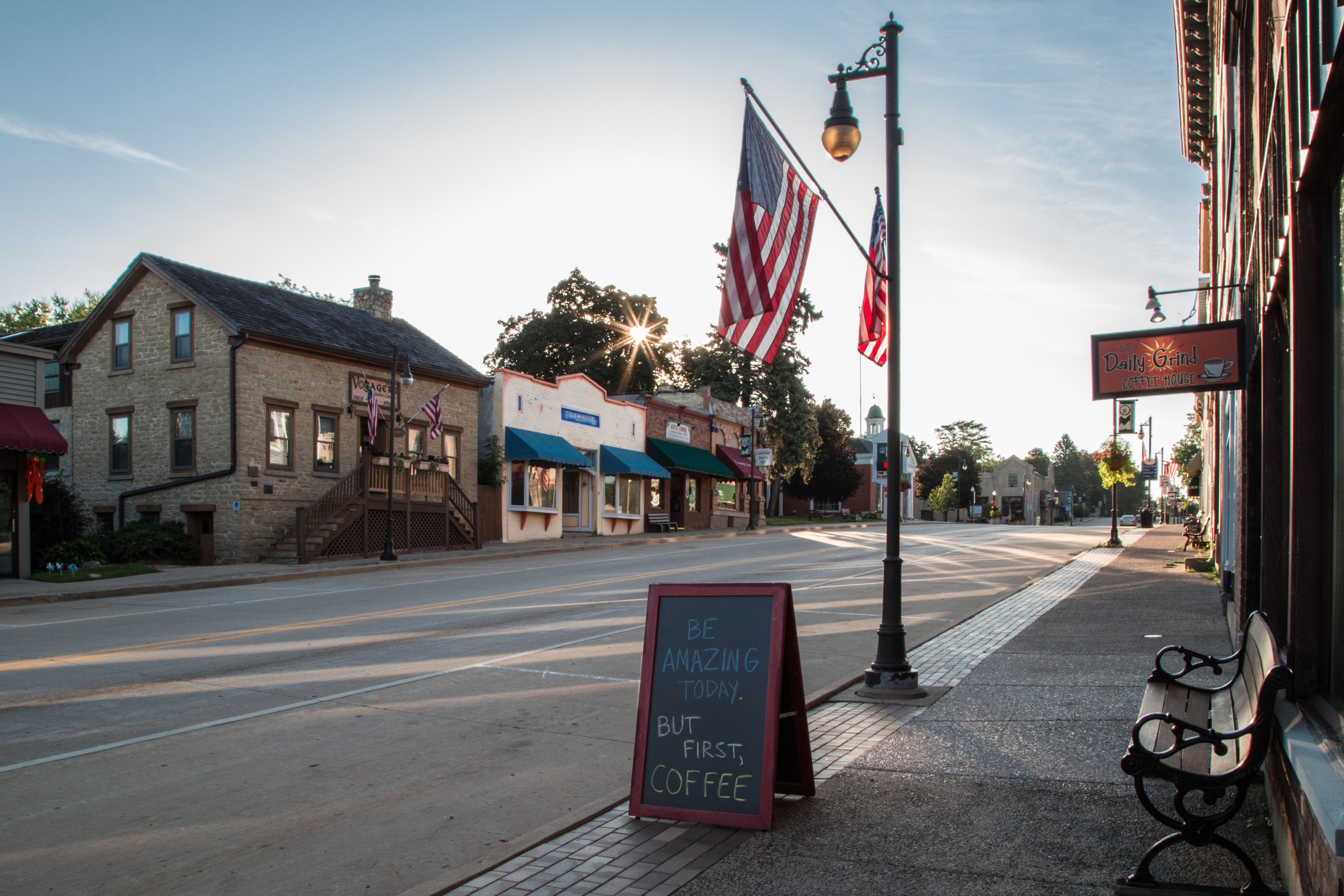

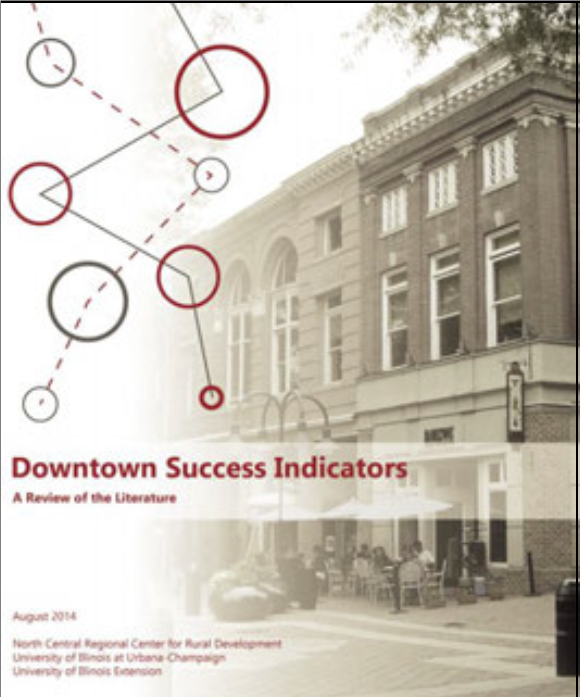

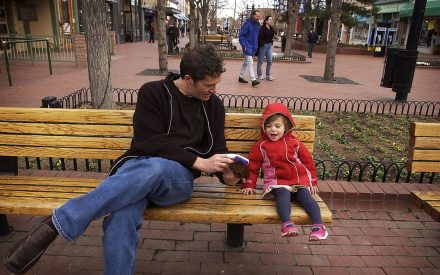

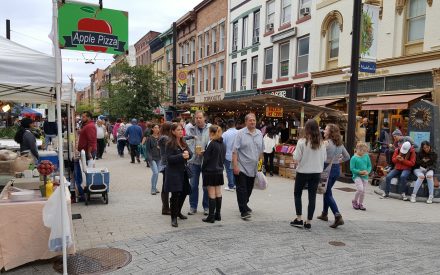
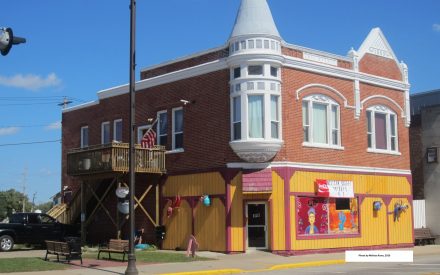
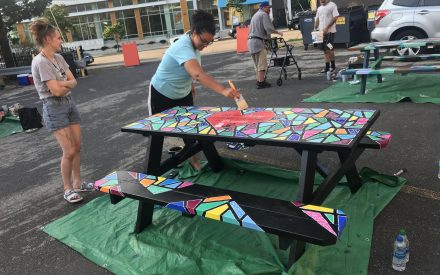
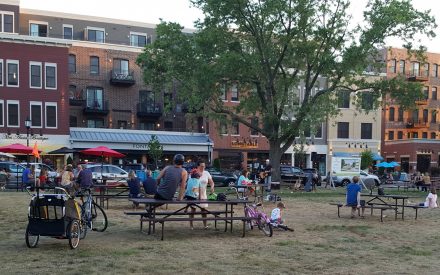

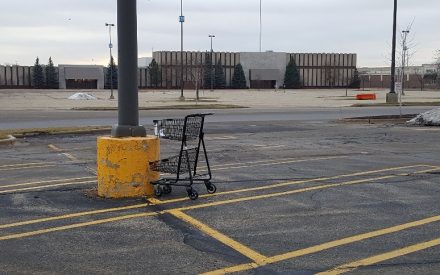



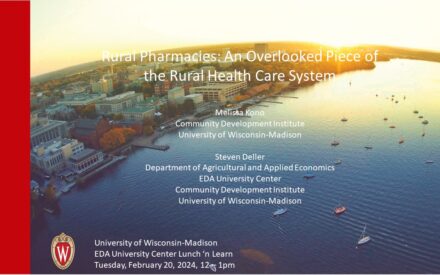 Rural Pharmacies an Overlooked Piece of the Rural Health Care System
Rural Pharmacies an Overlooked Piece of the Rural Health Care System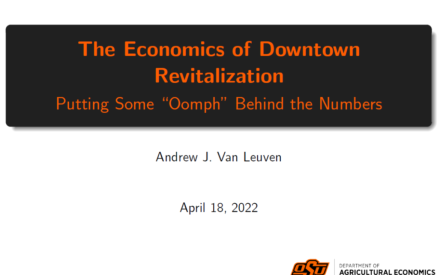 The Economics of Downtown Revitalization: Putting Some “Oomph” Behind the Numbers
The Economics of Downtown Revitalization: Putting Some “Oomph” Behind the Numbers The Hotel Industry: Recovery and Future Development in Our Communities
The Hotel Industry: Recovery and Future Development in Our Communities Focus Group Analysis Tips
Focus Group Analysis Tips


